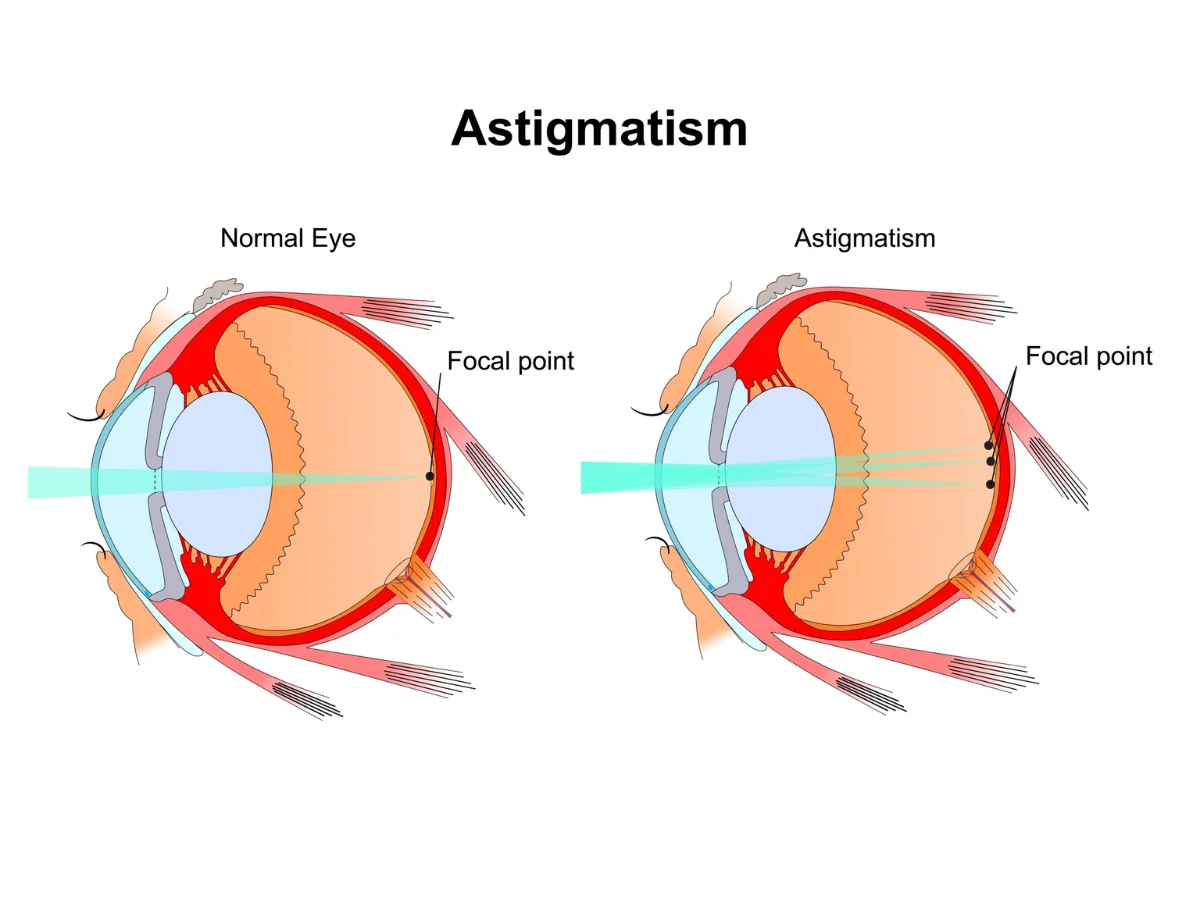If you’ve recently been prescribed progressive lenses for astigmatism, you may be wondering how to adapt to these multifocal eyeglasses effectively. Progressive lenses offer a seamless transition between different vision distances, making them a popular choice for those with astigmatism. However, adjusting to these lenses can be a bit challenging, especially if you’re new to them. In this article, we will guide you through the process of getting used to progressive lenses with astigmatism, addressing common concerns, and providing valuable tips for a smoother transition.
1. getting used to progressive lenses with astigmatism
Progressive lenses are a game-changer for individuals with astigmatism, providing clear vision at varying distances without the need for multiple pairs of glasses. However, it’s essential to be patient and persistent during the adaptation process.
2. Understanding Astigmatism
Astigmatism is a common vision condition caused by an irregularly shaped cornea or lens in the eye. This irregularity leads to distorted or blurred vision at all distances. Progressive lenses can correct astigmatism while offering multiple focal points for clear vision.
3. The Advantages of Progressive Lenses
Progressive lenses have several advantages for individuals with astigmatism:
- Seamless Transition: Unlike bifocals or trifocals, progressive lenses offer a smooth and gradual shift between near, intermediate, and distance vision.
- Cosmetic Appeal: Progressive lenses have no visible lines, providing a more attractive appearance compared to traditional multifocal lenses.
- Convenience: They eliminate the need to switch between different pairs of glasses for different activities.
4. Common Challenges
Blurry Vision
It’s not uncommon to experience some blurriness or distortion when first wearing progressive lenses. This typically occurs in the peripheral areas of the lens.
Depth Perception Issues
Progressive lenses can sometimes affect depth perception, especially when moving between different focal points. This may lead to a feeling of imbalance.
Peripheral Distortion
Peripheral distortion, often described as a swimming effect, can be disorienting initially. This distortion occurs in the outer regions of the lens.
5. Tips for Adapting to Progressive Lenses
Wear Them Regularly
The more you wear your progressive lenses, the faster you’ll adapt. Make them a part of your daily routine.
Make Gradual Changes
When looking at objects at different distances, tilt your head slightly up or down instead of moving your eyes alone. This helps you find the correct focal point.
Adjust Your Head Position
Experiment with the angle of your head to locate the clearest part of the lens for various tasks. Over time, this adjustment becomes second nature.
Eye and Neck Movements
Use your eye and neck movements to your advantage. This can help you find the right spot in the lens for different tasks without straining your eyes.
Consult Your Optometrist
If you continue to experience significant issues with your progressive lenses, consult your optometrist. They can make necessary adjustments to improve your comfort and vision.
6. Conclusion
Adapting to progressive lenses with astigmatism may take some time, but the benefits of clear vision at all distances are well worth the effort. By following these tips and being patient with the adjustment process, you can enjoy the convenience and functionality that progressive lenses offer.
7. FAQs
Q1: How long does it take to adapt to progressive lenses with astigmatism?
A1: It varies from person to person, but most individuals adapt within a few weeks of regular wear.
Q2: Can progressive lenses correct astigmatism completely?
A2: While they can significantly improve astigmatism, complete correction may require additional measures like toric lenses or refractive surgery.
Q3: Can I drive with progressive lenses for astigmatism?
A3: Yes, progressive lenses are suitable for driving, providing a clear vision for the road ahead and the dashboard.
Q4: Will I always have peripheral distortion with progressive lenses?
A4: Peripheral distortion may improve with time as you become more accustomed to the lenses, but it may not completely disappear.
Q5: What should I do if I still have difficulty adapting to progressive lenses?
A5: Consult your optometrist. They can assess your lenses and make any necessary adjustments to enhance your comfort and vision.
Read more: https://www.rozyjos.com/
More Related:
Geico PCN Automatically Rescinded: Understanding the Process
Does Geico Cover Rental Cars While Your Car Is in the Shop?
Does Removing a Driver Lower Insurance with Geico?
What Happens if My Progressive Payment Is Returned by the Bank?
Costco Progressive Lenses Reviews: Are They Worth the Hype?

